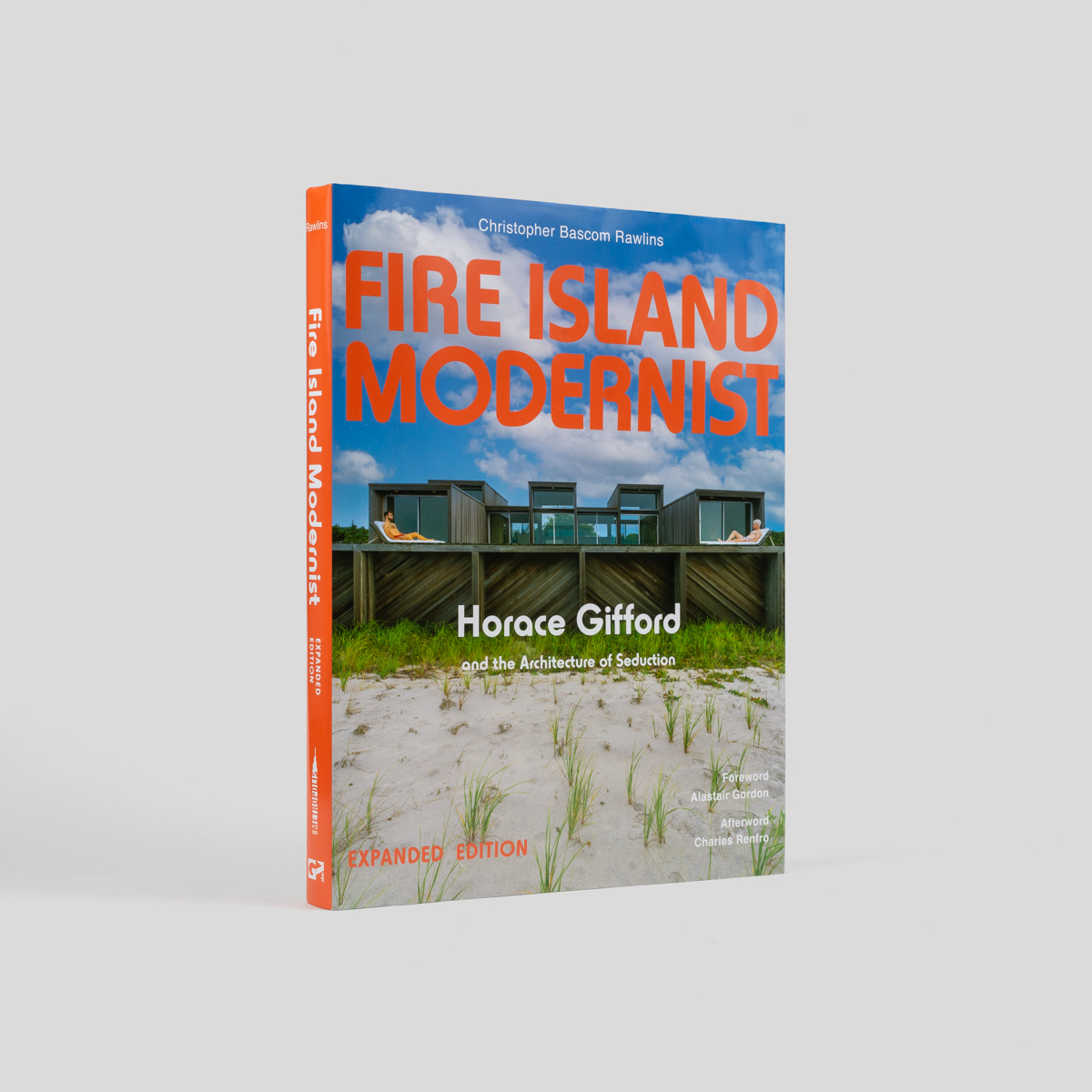The Architecture of Seduction: how Horace Gifford built a modernist, queer paradise
Fire Island is explored through a new edition of Christopher Rawlins’ seminal architectural and social history book on the life and work of Horace Gifford
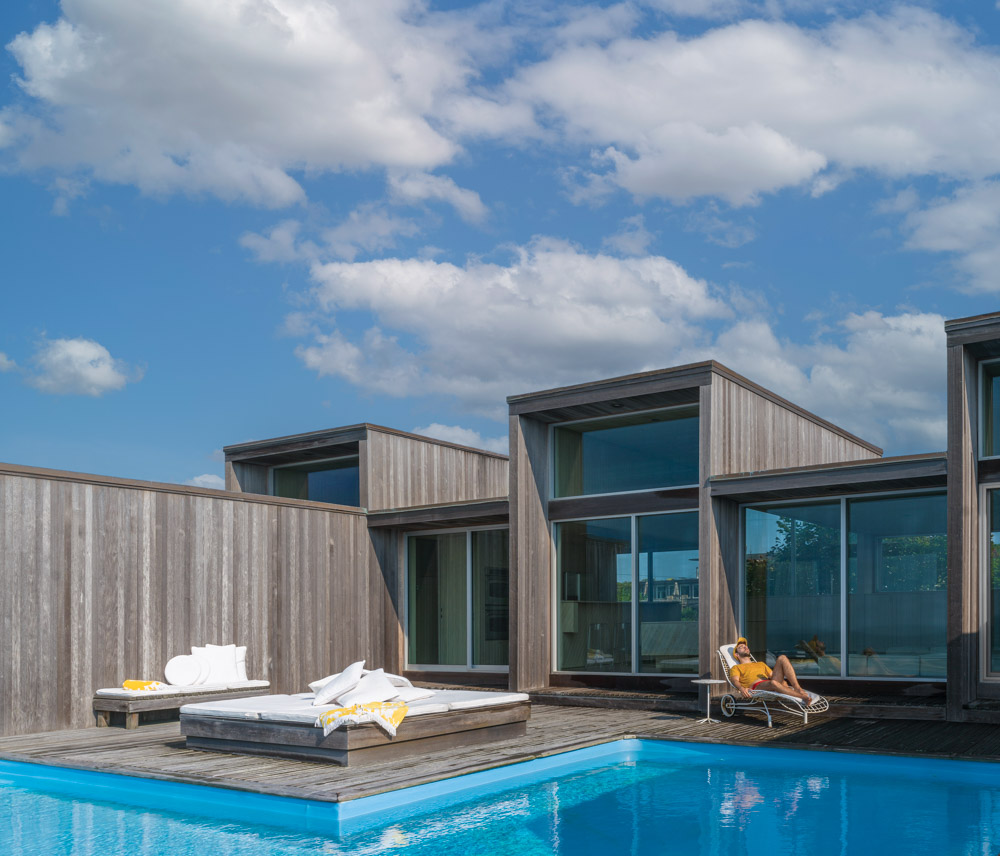
Fire Island has been a focal point for New York’s gay community since the Jazz Age, with the small towns of Cherry Grove and Fire Island Pines evolving into coastal retreats from oppressive city life, a place where conventions and closets could be discarded along the sandy shores of the Atlantic coast.
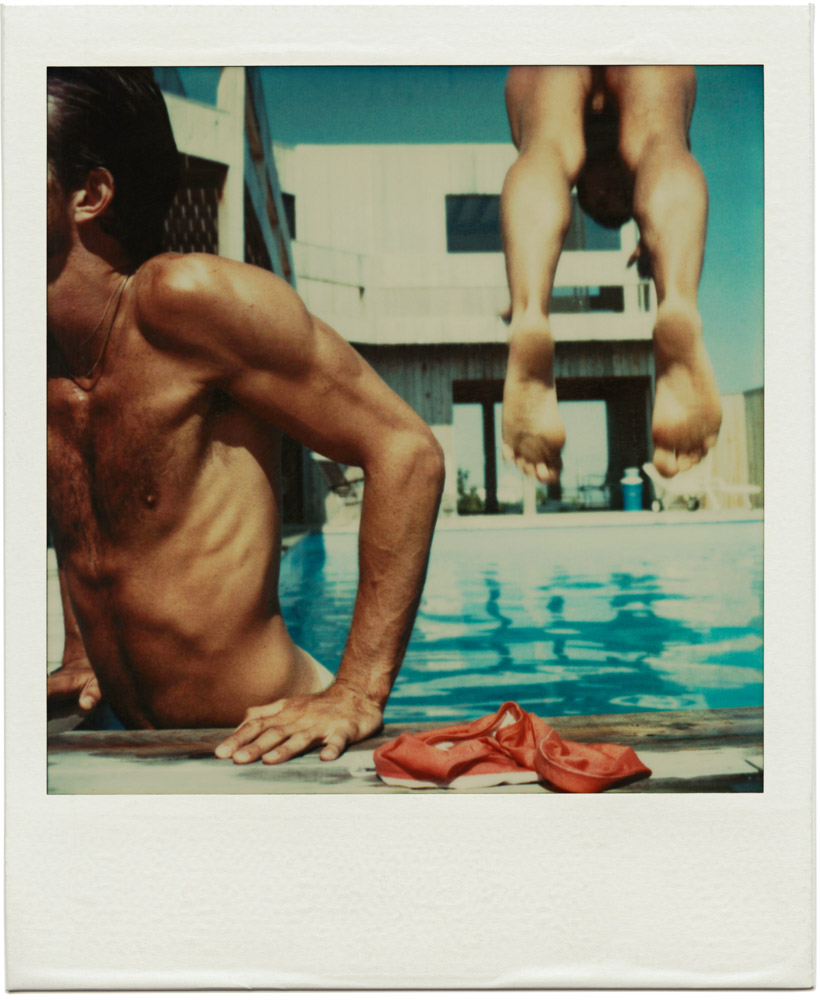
Tom Bianchi, Untitled, SX-70 Polaroid, 1970s
Fire Island and Horace Gifford
The architect who gave aesthetic form to this hedonistic environment is now relatively well known, thanks in part to Christopher Rawlins’ 2013 book, Fire Island Modernist: Horace Gifford and the Architecture of Seduction. With the first edition long out of print and highly sought after, a new updated edition has now arrived, fleshing out the story of Gifford’s social and architectural history.
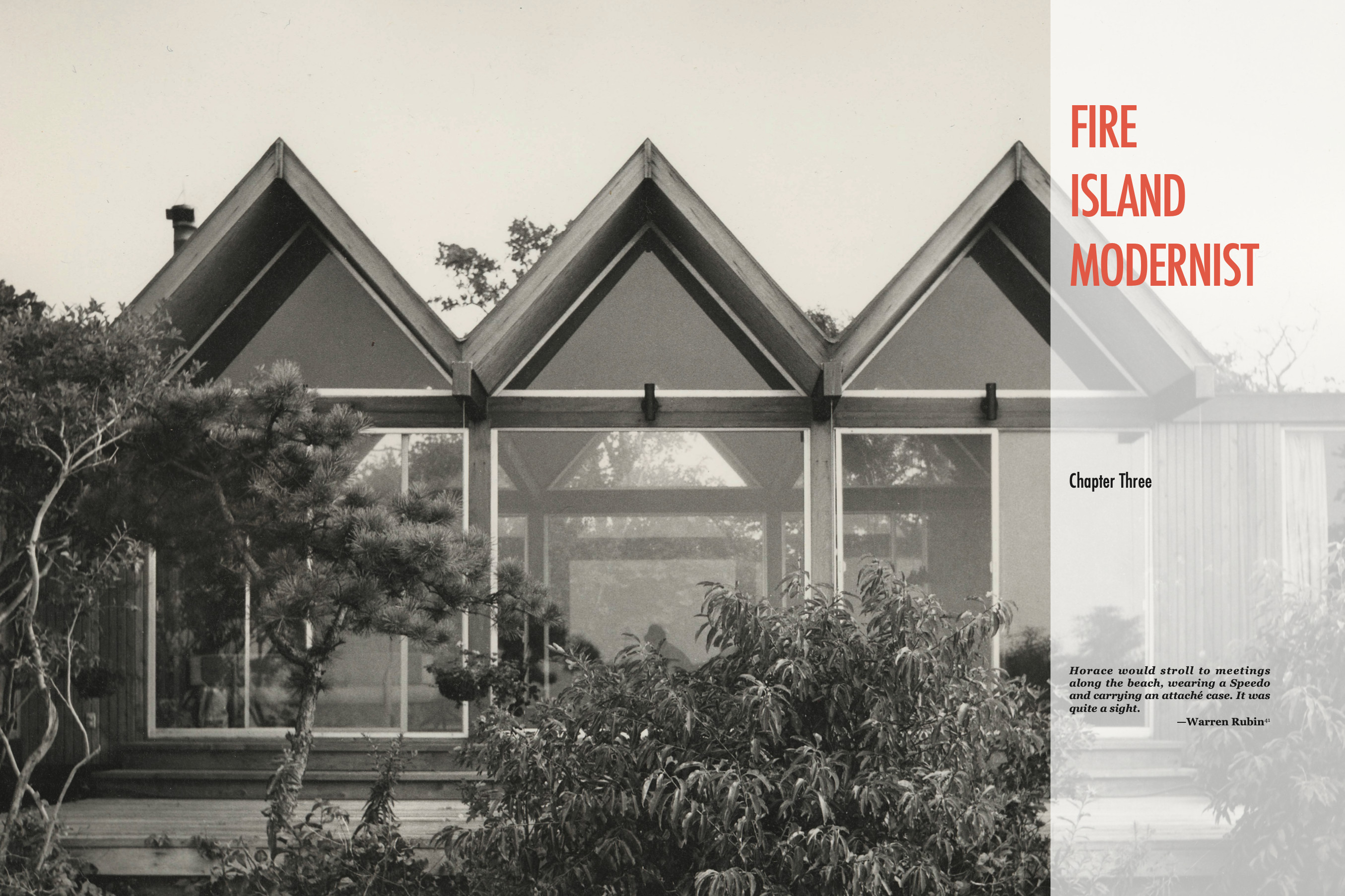
Horace Gifford, Wittstein-Miller House, 1962
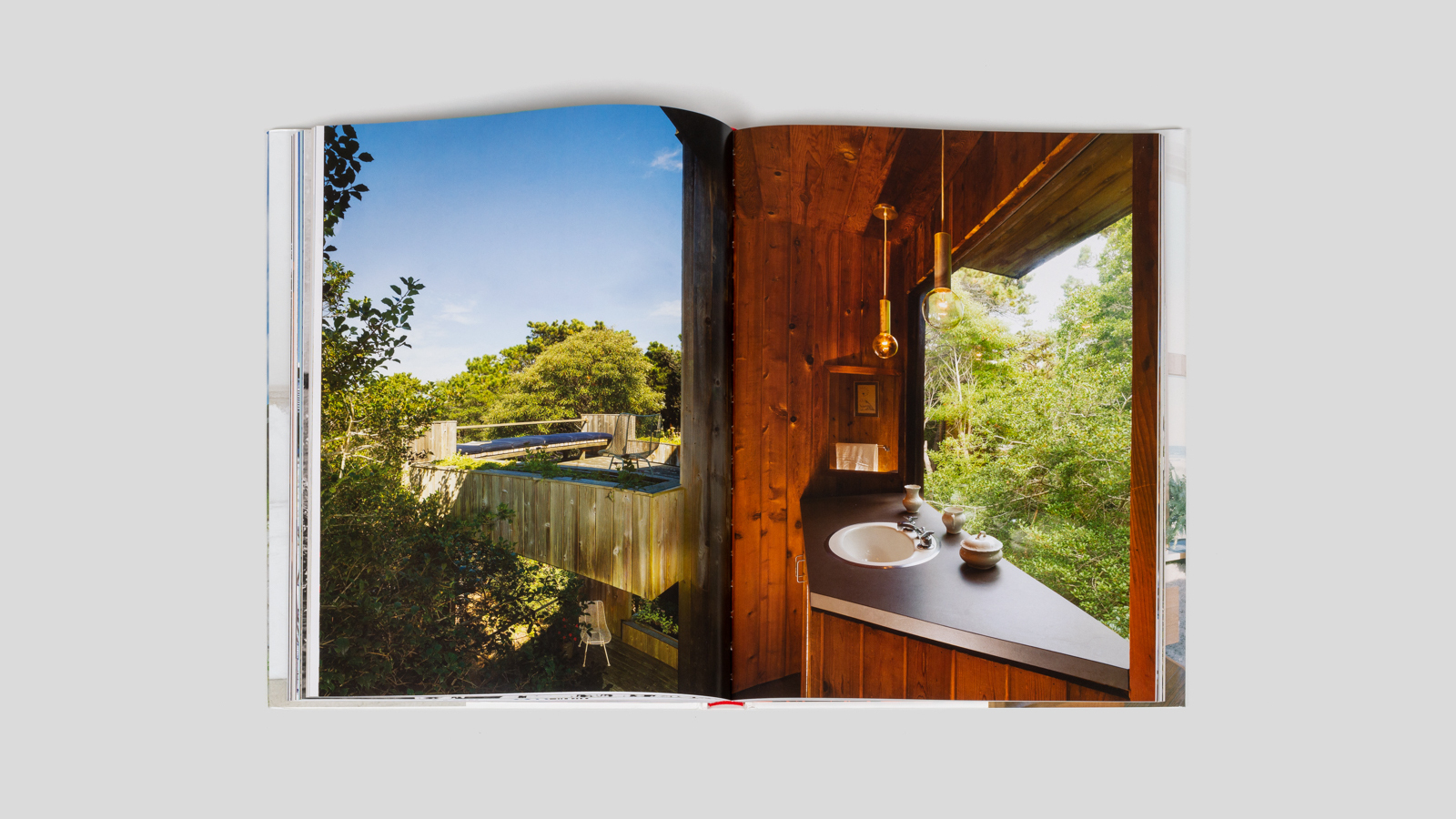
A spread from 'Fire Island Modernist'
Horace Gifford was born in Florida in 1932. Despite his lack of formal architectural training, he had an innate understanding of form and material, often working with tiny budgets and small sites to create dramatic, light-filled, modestly-scaled open-planned houses that made the most of Fire Island’s climate and culture. Timber-framed, with large expanses of glass, his houses were both formally inventive and prototypical of a low-impact, sustainable design that’s still so relevant today.
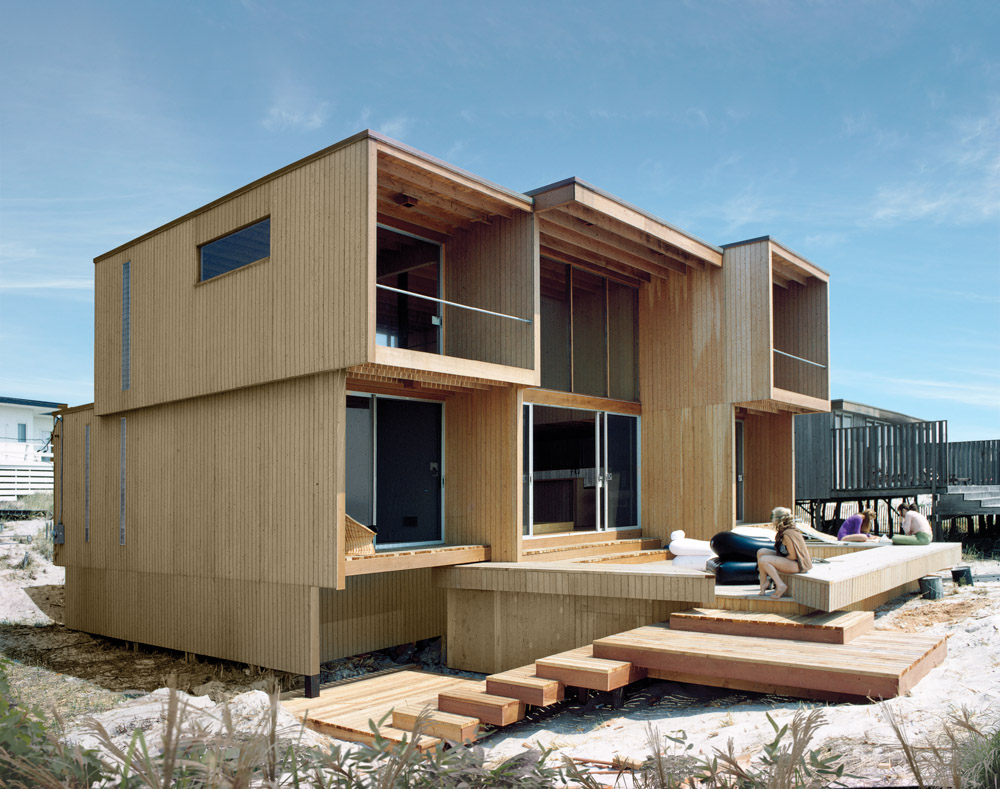
Rubrum House, Horace Gifford, from 'Fire Island Modernist'
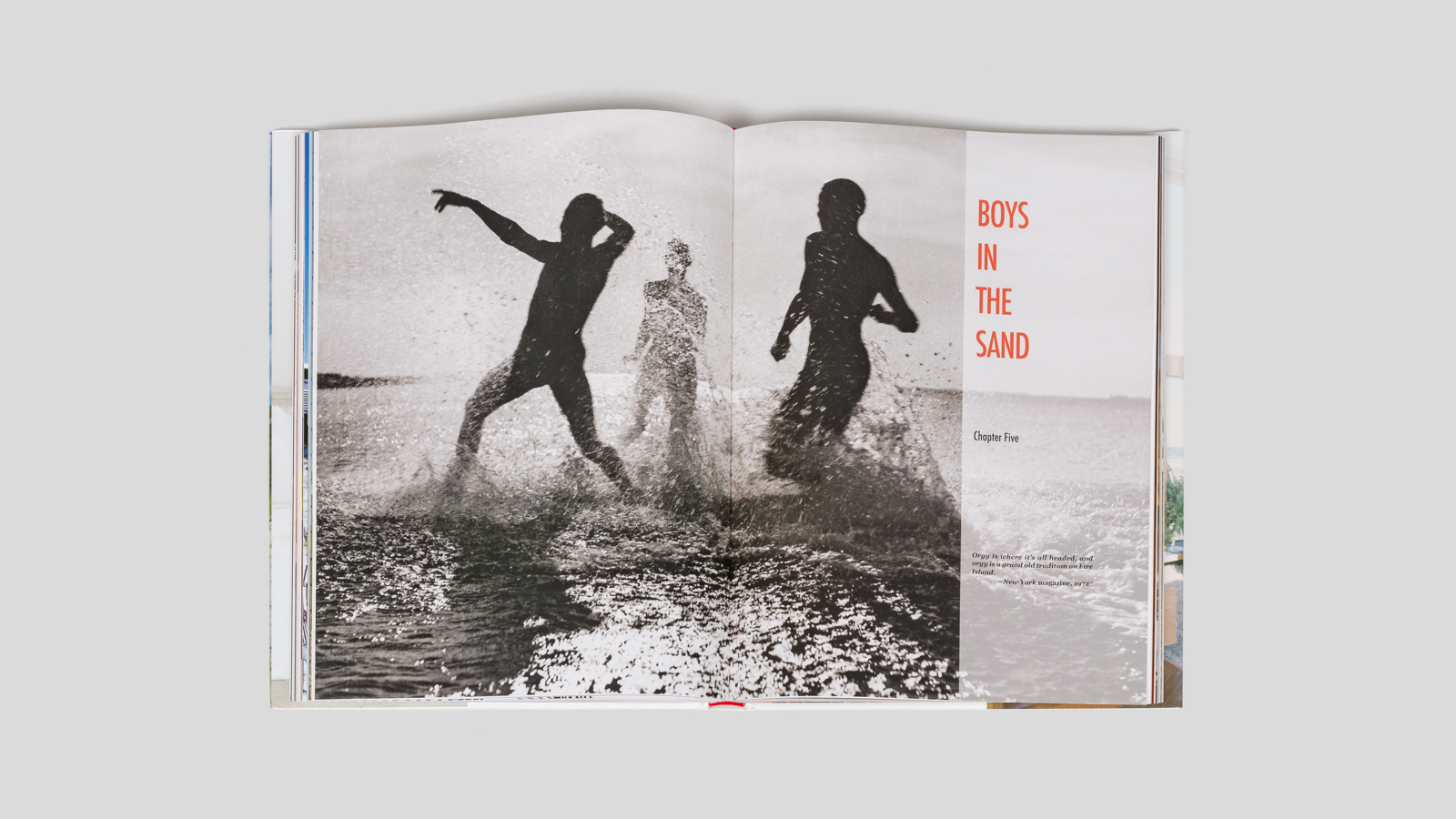
A spread from 'Fire Island Modernist'
In total, Gifford built 63 houses on the island, creating a framework and backdrop for a lifestyle that flourished in its seclusion and distance from ‘conventional’ society. Gifford himself found it hard to find work elsewhere once his own orientation was revealed, but even after his death, his legacy still resonates. Although by no means the only architect working on Fire Island - the likes of Andrew Geller were also prolific at this point - Gifford was perhaps the most influential, shaping an aesthetic that continues to be influential today.
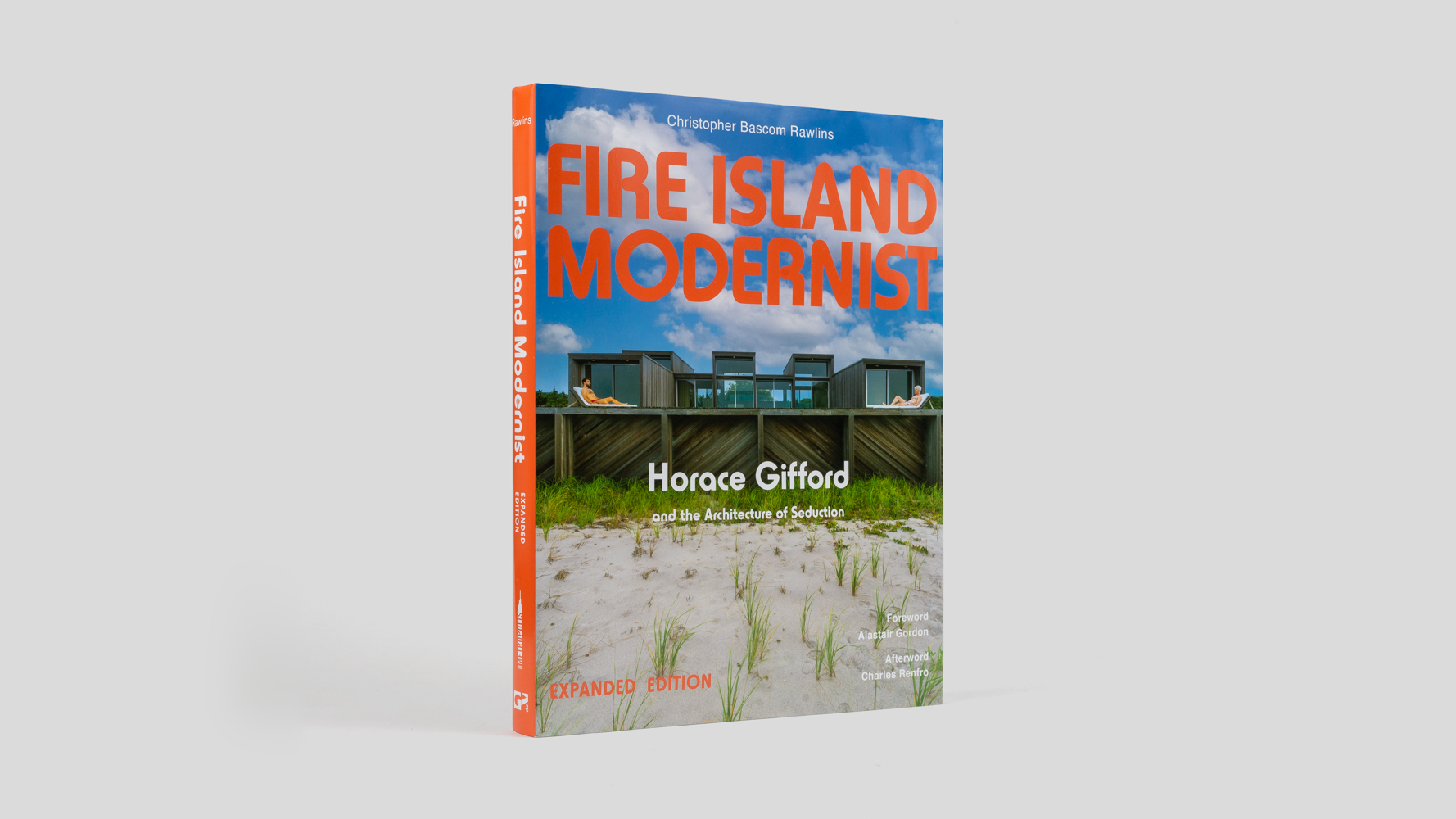
Lipkins House, Horace Gifford, from 'Fire Island Modernist'
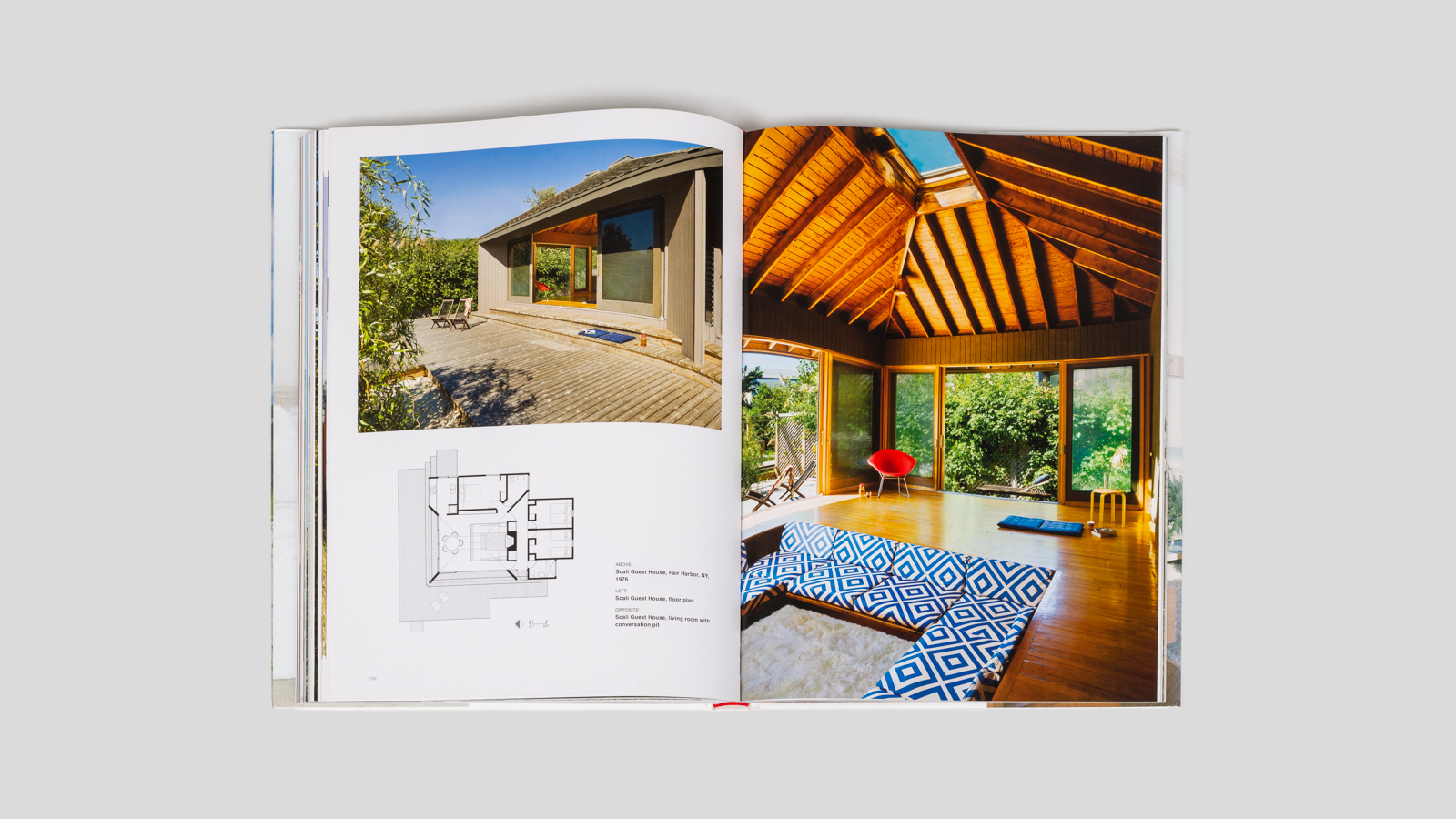
A spread from 'Fire Island Modernist'
The new edition includes an afterword by architect Charles Renfro of Diller, Scofidio and Renfro as well as five new featured houses and more photography, much of it richly evocative of a more carefree, hedonistic world in the pre-AIDS era. Gifford himself died of AIDS-related complications in 1992, but many of his houses survive and are celebrated in this essential overview of one of modernism’s most intriguing microcosms.
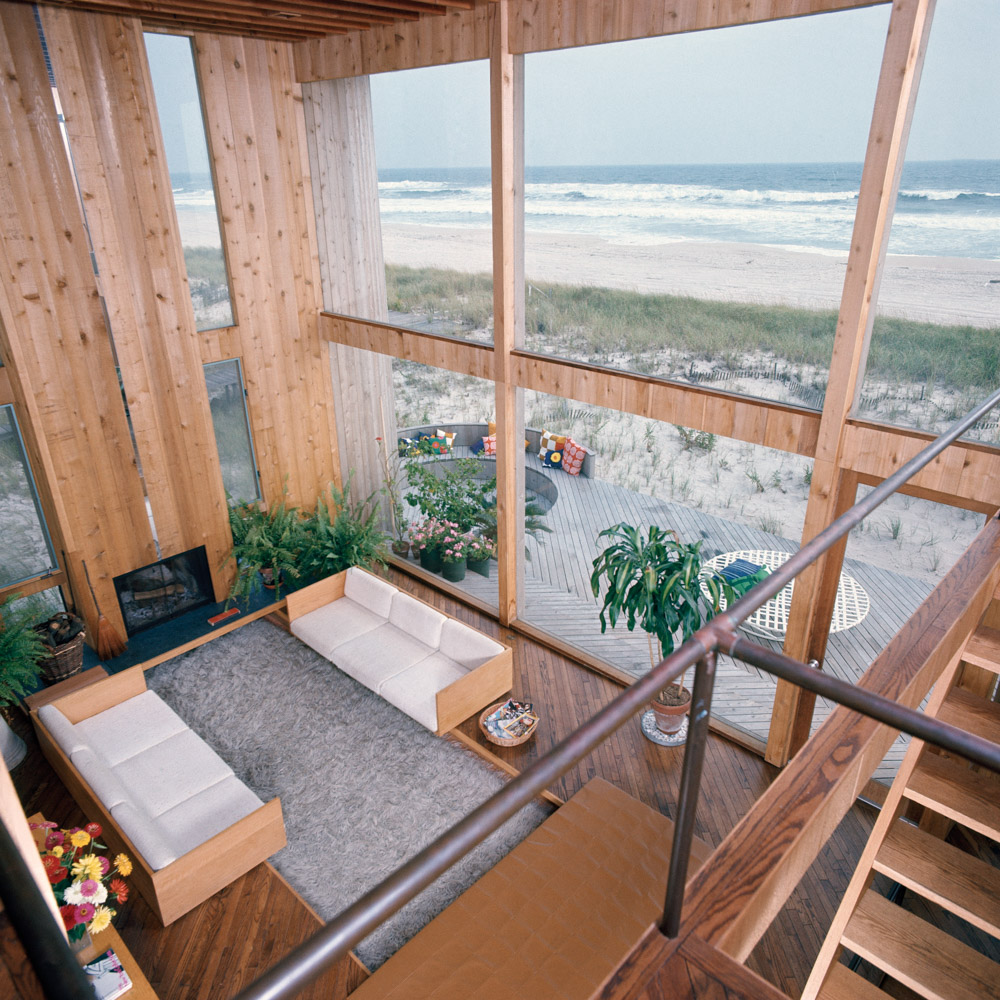
Sloan House, Horace Gifford, from 'Fire Island Modernist'

'Men of the Pines, 1968'
Fire Island Modernist: Horace Gifford and the Architecture of Seduction, Expanded Edition, Christopher Rawlins, $65, Metropolis Books in conjunction with Gordon De Vries Studio, Artbook.com
Receive our daily digest of inspiration, escapism and design stories from around the world direct to your inbox.
Jonathan Bell has written for Wallpaper* magazine since 1999, covering everything from architecture and transport design to books, tech and graphic design. He is now the magazine’s Transport and Technology Editor. Jonathan has written and edited 15 books, including Concept Car Design, 21st Century House, and The New Modern House. He is also the host of Wallpaper’s first podcast.
-
 Step inside this resilient, river-facing cabin for a life with ‘less stuff’
Step inside this resilient, river-facing cabin for a life with ‘less stuff’A tough little cabin designed by architects Wittman Estes, with a big view of the Pacific Northwest's Wenatchee River, is the perfect cosy retreat
-
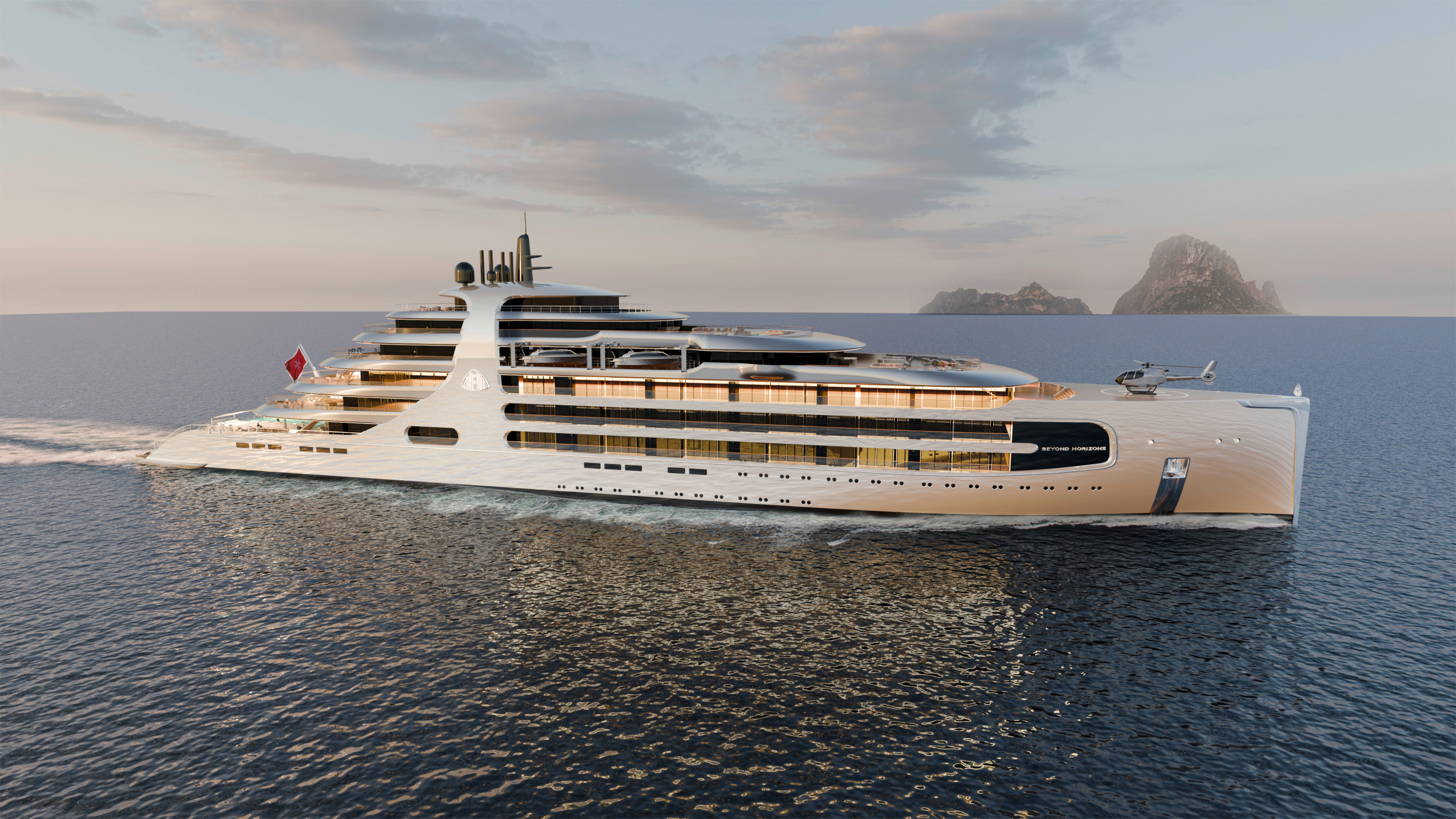 The Maybach Ocean Club is a floating members’ club for the super-rich
The Maybach Ocean Club is a floating members’ club for the super-richMercedes-Benz Places, the carmaker’s property arm, has announced the upcoming Maybach Ocean Club, a ship-based enclave inspired by automotive luxury
-
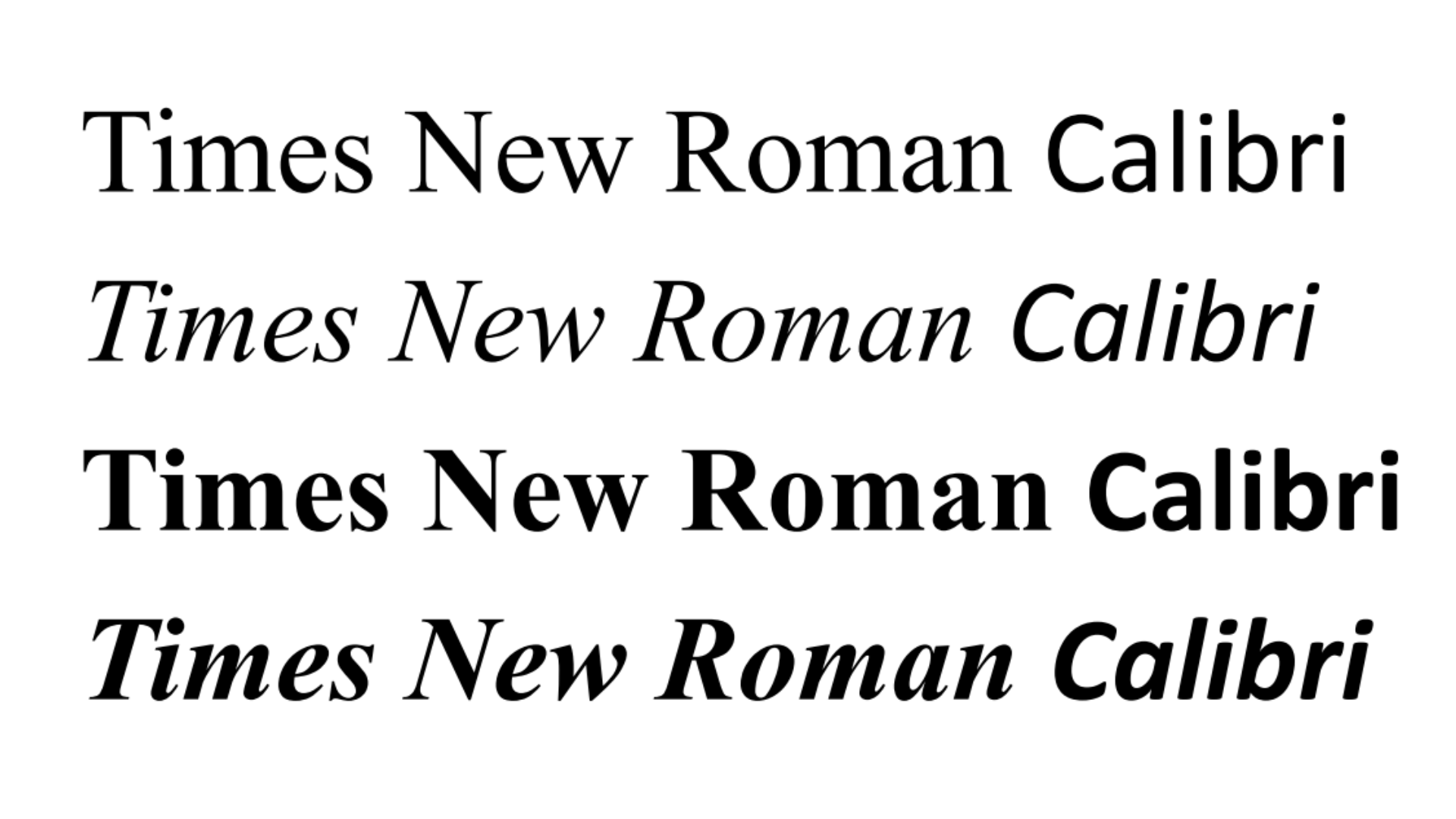 Is the Calibri typeface 'woke'? We asked its designer
Is the Calibri typeface 'woke'? We asked its designer'It's more a compliment than something bad for me,’ says the Dutch type designer Lucas de Groot
-
 Step inside this resilient, river-facing cabin for a life with ‘less stuff’
Step inside this resilient, river-facing cabin for a life with ‘less stuff’A tough little cabin designed by architects Wittman Estes, with a big view of the Pacific Northwest's Wenatchee River, is the perfect cosy retreat
-
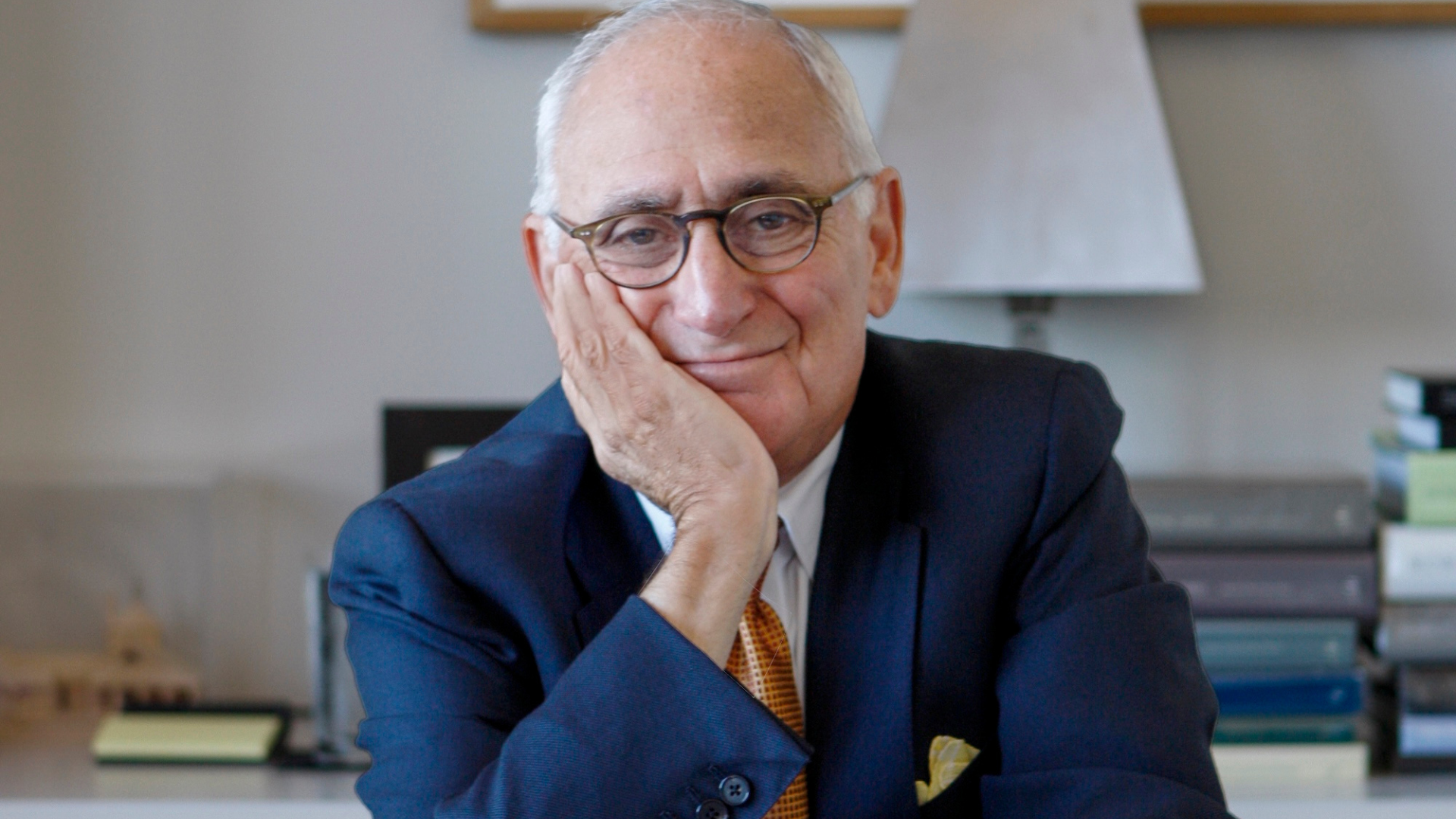 Remembering Robert A.M. Stern, an architect who discovered possibility in the past
Remembering Robert A.M. Stern, an architect who discovered possibility in the pastIt's easy to dismiss the late architect as a traditionalist. But Stern was, in fact, a design rebel whose buildings were as distinctly grand and buttoned-up as his chalk-striped suits
-
 Own an early John Lautner, perched in LA’s Echo Park hills
Own an early John Lautner, perched in LA’s Echo Park hillsThe restored and updated Jules Salkin Residence by John Lautner is a unique piece of Californian design heritage, an early private house by the Frank Lloyd Wright acolyte that points to his future iconic status
-
 The Stahl House – an icon of mid-century modernism – is for sale in Los Angeles
The Stahl House – an icon of mid-century modernism – is for sale in Los AngelesAfter 65 years in the hands of the same family, the home, also known as Case Study House #22, has been listed for $25 million
-
 Houston's Ismaili Centre is the most dazzling new building in America. Here's a look inside
Houston's Ismaili Centre is the most dazzling new building in America. Here's a look insideLondon-based architect Farshid Moussavi designed a new building open to all – and in the process, has created a gleaming new monument
-
 Frank Lloyd Wright’s Fountainhead will be opened to the public for the first time
Frank Lloyd Wright’s Fountainhead will be opened to the public for the first timeThe home, a defining example of the architect’s vision for American design, has been acquired by the Mississippi Museum of Art, which will open it to the public, giving visitors the chance to experience Frank Lloyd Wright’s genius firsthand
-
 Clad in terracotta, these new Williamsburg homes blend loft living and an organic feel
Clad in terracotta, these new Williamsburg homes blend loft living and an organic feelThe Williamsburg homes inside 103 Grand Street, designed by Brooklyn-based architects Of Possible, bring together elegant interiors and dramatic outdoor space in a slick, stacked volume
-
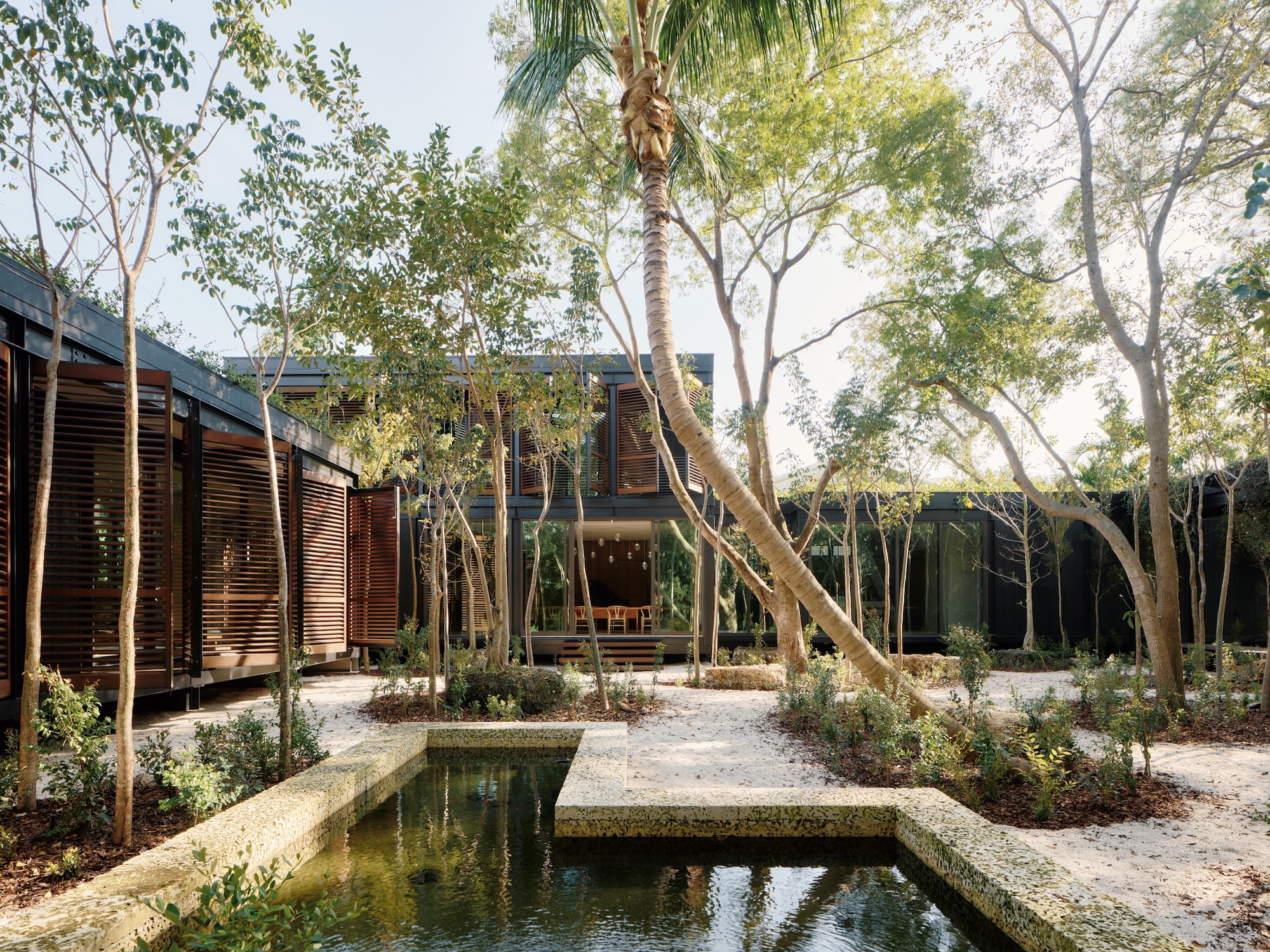 This ethereal Miami residence sprouted out of a wild, jungle-like garden
This ethereal Miami residence sprouted out of a wild, jungle-like gardenA Miami couple tapped local firm Brillhart Architecture to design them a house that merged Florida vernacular, Paul Rudolph and 'too many plants to count’
